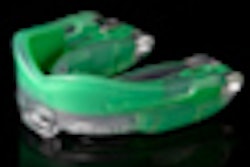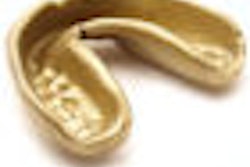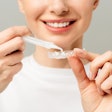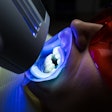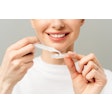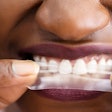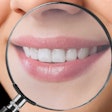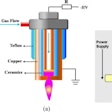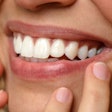Members of the Stanford University football team are wearing mouthpieces equipped with tiny sensors to measure the force of head impacts during games and practices this season.
The goal is to help scientists better understand what sorts of football collisions cause concussions, as well as whether any positions or particular plays are associated with a greater risk of these traumatic brain injuries.
The impact-sensing mouthpieces, which were developed by X2 Impact and are being manufactured and marketed by Bite Tech, contain accelerometers and gyrometers that measure the linear and rotational force of head impacts.
"This study will build toward establishing clinically relevant head-impact correlations and thresholds to allow for a better understanding of the biomechanics of brain injuries," said lead investigator Dan Garza, MD, an assistant professor of orthopedic surgery at the Stanford School of Medicine, in a news release. "It also will serve as a helpful tool to aid in the diagnosis and subsequent management of concussions."
The researchers also plan to collect head-impact data from the Stanford women's field hockey and lacrosse teams.
"One of the biggest problems is the uncertainty surrounding concussions," Dr. Garza said. "If you tear your ACL, I can say, 'Here's the injury on the MRI, and here's how we repair it.' So there's a confidence around treating those kinds of injuries. But diagnosing concussions is inherently subjective. Even traditional brain imaging will not pick anything up."
For this study, Scott Anderson, head athletic trainer at the Lacob Family Sports Medicine Center. During games, Jesse Free, an athletic training fellow, operate a computer on the sidelines during games that picks up data transmitted from the devices. Using video, they are also able to correlate data to specific events on the field, such as a particular play or tackle.
Although previous studies have been conducted of head impacts in football using sensors embedded in helmets, the mouthpiece data could be more accurate, given that helmets sometimes shift on players' heads in a collision, which could throw off measurements, Dr. Garza said.
He and his colleagues hope to publish their findings by mid-2012.




